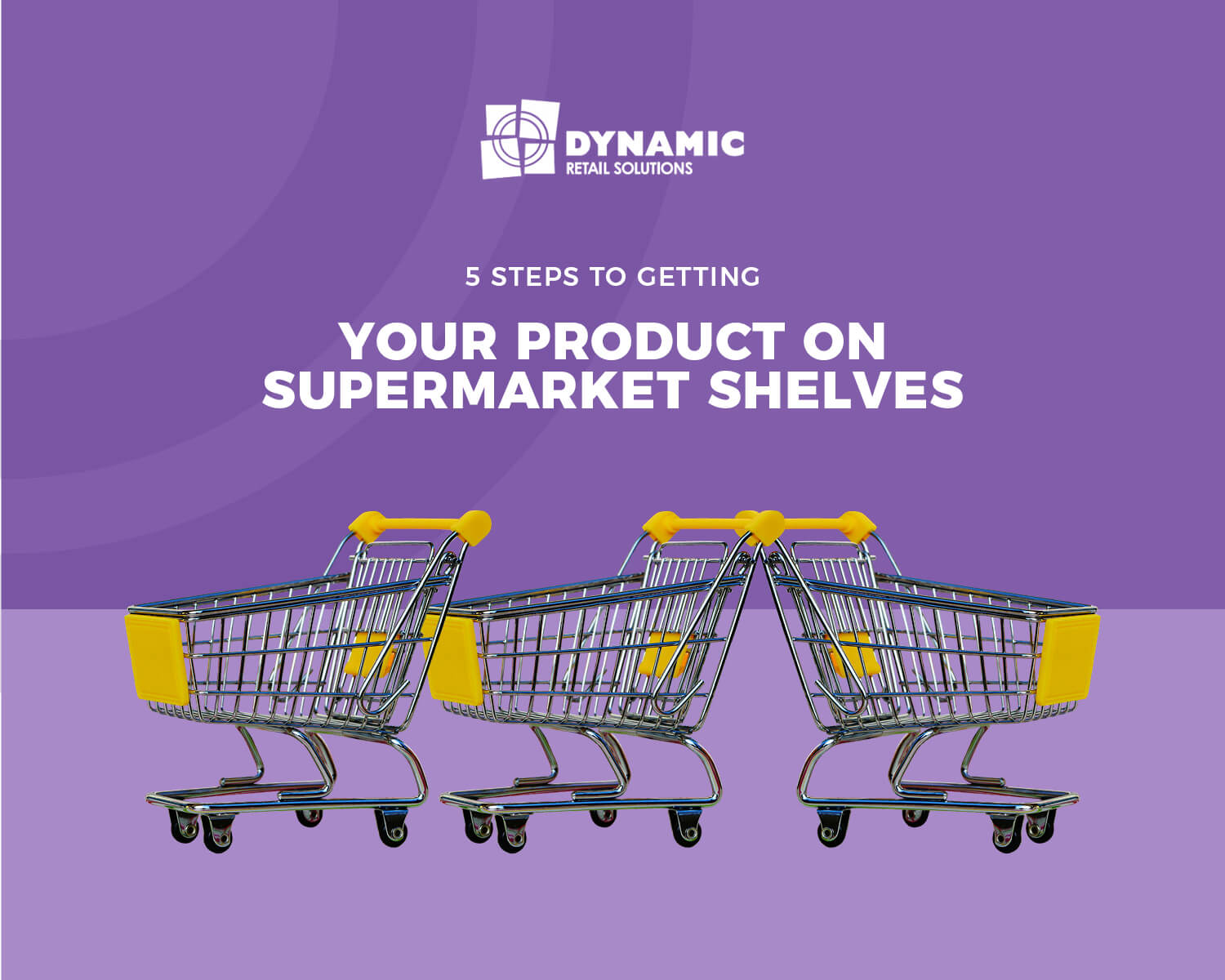Congratulations! You’ve come up with a fantastic idea for your new company, your production line is already in motion, and you even have a great brand name. Now, all you need to do is figure out how you’re going to sell your items. While some bespoke organisations prefer to do most of their business online, getting your product on supermarket shelves can still be a valuable strategy.
By collaborating with a supermarket, you not only access a brand-new audience, but you also give that audience something tangible to look at when they’re deciding what to buy. A physical package on a shelf helps to confirm that your company is trustworthy, reliable and capable of high quality. The question is, with so many companies battling for a spot on those coveted shelves, how do you get ahead of the crowd?
Step 1: Perfect the Packaging
Before you begin working with distributors and showing off your products to stores, you’ll need to work on getting your “look” right. You’ll need packaging that’s professional enough to look as though it belongs on a supermarket shelf. Additionally, it’s important to choose a design that speaks to your customer. Your packaging has to pop if you want to earn some great profits.
Grab your product and ask yourself the following questions:
- Does my packaging convey the product’s benefits, features, and values?
- How is my packaging better than my competitors?
- How well will it sit/fit on the shelf? (Remember, there’s not a lot of space on those supermarket shelves)
- Is it complaint with relevant legislation?
Step 2: Research the Retailer
Once you know your product is going to make the right impact, it’s time to research your retailer. The more you know about the supermarket you’re trying to sell to, the more you can adjust your pitch to suit their needs. Scouting out social media, websites and the store itself can all help. You could even invest in a retail market audit to learn whether supermarkets are likely to love your product.
When you’re doing your homework, remember to take notes so you can implement your discoveries into your pitch later.
Step 3: Get the Right Partners
Getting your product on supermarket shelves is difficult. The good news is that you don’t have to do it alone. There are plenty of experts and groups out there devoted to helping younger companies succeed. For instance, an account management team will help to negotiate trading terms with retailers. On the other hand, a label development group will help you to design and improve your private label. Here at Dynamic Retail Solutions, we offer services and partnerships to suit any Australian food business.
Step 4: Practice Your Pitch
Once you’ve perfected your product, built a powerful team, and got to know your supermarket, you can create a pitch. Remember, your pitch should take place in person, not over the phone. This gives you a chance to show your passion and commitment. Additionally, it means that you can bring along some samples for your supermarket to try!
To make sure you cover all the right points in your pitch, create a resource sheet that contains the following:
- Suggestions on how to answer complicated questions like “Why should we stock your product?”
- Information about your expenses, and potential profit margins
- An outline of your USP – What makes you better than any company the supermarket currently works with?
- Reviews from customers who already tried your products
- Contact information
Step 5: Come Up with a Marketing Plan
Finally, remember that when it comes to working with supermarkets, you need more than just a great product. You also need to let your retailer know how you’re going to help drive customers towards their store.
Bring your team together and think about your overall branding and marketing plan. Ask yourself which channels you plan on using, from social media to content marketing. A fully-fleshed out plan for advertising will help to sell your product and your business.
Ready to find your place on those supermarket shelves? Contact Dynamic Retail Solutions today on +61 424 503 837 to begin building your strategy.

